
Romanticism - IV
Pre-Raphaelites
Pre-Raphaelite Brotherhood
The Pre-Raphaelite Brotherhood (PRB, later known as the Pre-Raphaelites) was a group of English painters, poets, and art critics, founded in 1848 by William Holman Hunt, John Everett Millais, Dante Gabriel Rossetti, William Michael Rossetti, James Collinson, Frederic George Stephens and Thomas Woolner who formed a seven-member "Brotherhood" partly modelled on the Nazarene movement. The Brotherhood was only ever a loose association and their principles were shared by other artists of the time, including Ford Madox Brown, Arthur Hughes and Marie Spartali Stillman. Later followers of the principles of the Brotherhood included Edward Burne-Jones, William Morris and John William Waterhouse.
The group sought a return to the abundant detail, intense colours and complex compositions of Quattrocento Italian art. They rejected what they regarded as the mechanistic approach first adopted by Mannerist artists who succeeded Raphael and Michelangelo. The Brotherhood believed the Classical poses and elegant compositions of Raphael in particular had been a corrupting influence on the academic teaching of art, hence the name "Pre-Raphaelite". In particular, the group objected to the influence of Sir Joshua Reynolds, founder of the English Royal Academy of Arts, whom they called "Sir Sloshua". To the Pre-Raphaelites, according to William Michael Rossetti, "sloshy" meant "anything lax or scamped in the process of painting ... and hence ... any thing or person of a commonplace or conventional kind". The group associated their work with John Ruskin, an English critic whose influences were driven by his religious background. Christian themes were abundant.
The group continued to accept the concepts of history painting and mimesis, imitation of nature, as central to the purpose of art. The Pre-Raphaelites defined themselves as a reform movement, created a distinct name for their form of art, and published a periodical, The Germ, to promote their ideas. The group's debates were recorded in the Pre-Raphaelite Journal. The Brotherhood separated after almost five years.
Ford Madox Brown
1821 - 1893
Ford Madox Brown (16 April 1821 – 6 October 1893) was a British painter of moral and historical subjects, notable for his distinctively graphic and often Hogarthian version of the Pre-Raphaelite style. Arguably, his most notable painting was Work (1852–1865). Brown spent the latter years of his life painting the twelve works known as The Manchester Murals, depicting Mancunian history, for Manchester Town Hall.

Self-Portrait

The Last of England depicting an emigrating couple
1855
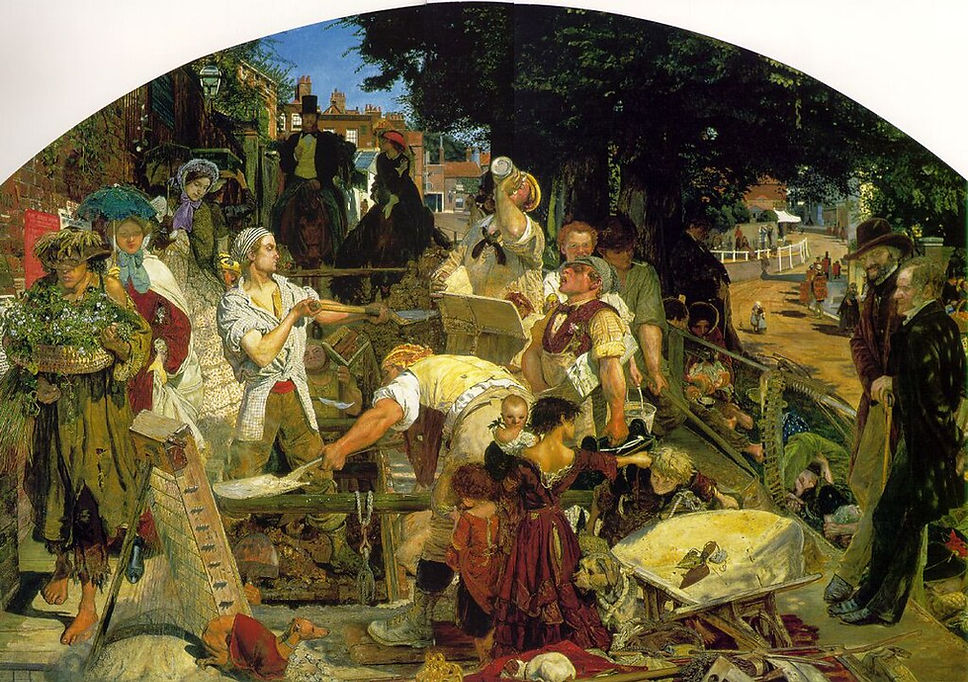
Work
1852-1865

The Pretty Baa-Lambs
1851

Romeo and Juliet parting on the balcony in Act III
1870

Finding of Don Juan by Haidee
1873

A Music Party
1861 - 1864

Byron's Dream

Jacob and Joseph's Coat

Traveller
1868

King Rene's Honeymoon
1864

Lear and Cordelia
1848

May Memories
William Holman Hunt
1827 - 1910
William Holman Hunt (2 April 1827 – 7 September 1910) was an English painter and one of the founders of the Pre-Raphaelite Brotherhood. His paintings were notable for their great attention to detail, vivid colour, and elaborate symbolism. These features were influenced by the writings of John Ruskin and Thomas Carlyle, according to whom the world itself should be read as a system of visual signs. For Hunt it was the duty of the artist to reveal the correspondence between sign and fact. Of all the members of the Pre-Raphaelite Brotherhood, Hunt remained most true to their ideals throughout his career. He was always keen to maximise the popular appeal and public visibility of his works.

Selfportrait

Our English Coasts
1852

The Awakening Conscience
1853

The Lantern Maker's Courtship, A Street Scene in Cairo
1854–56

The Hireling Shepherd
1851

The Scapegoat
1856

Portrait of Fanny Holman Hunt
1866–67

Isabella and the Pot of Basil
1868

The Birthday
1868

Amaryllis
1884
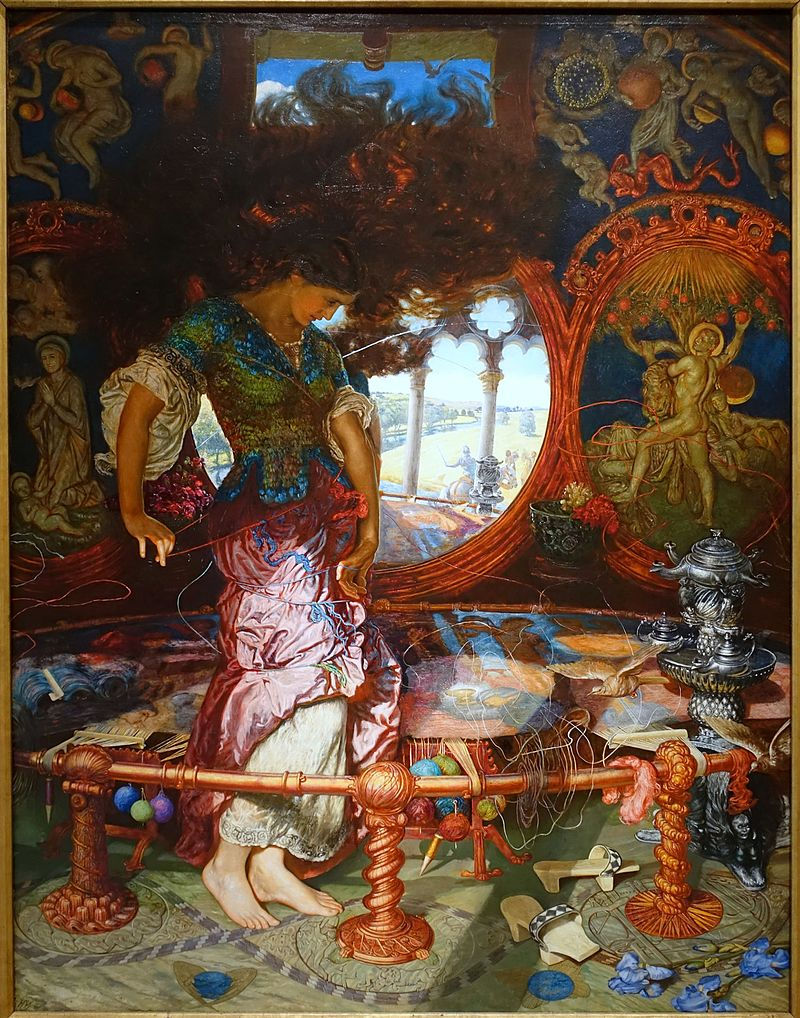
The Lady of Shalott
between 1888 and 1905
Christ and the two Marys
1847 and 1897

Claudio and Isabella
1850

Valentine Rescuing Silvia from Proteus
1851
Dante Gabriel Rossetti
1828 - 1882
Gabriel Charles Dante Rossetti (12 May 1828 – 9 April 1882), was an English poet, illustrator, painter, translator, and member of the Rossetti family. He founded the Pre-Raphaelite Brotherhood in 1848 with William Holman Hunt and John Everett Millais. Rossetti inspired the next generation of artists and writers, William Morris and Edward Burne-Jones in particular. His work also influenced the European Symbolists and was a major precursor of the Aesthetic movement.
Rossetti's art was characterised by its sensuality and its medieval revivalism. His early poetry was influenced by John Keats and William Blake. His later poetry was characterised by the complex interlinking of thought and feeling, especially in his sonnet sequence The House of Life. Poetry and image are closely entwined in Rossetti's work. He frequently wrote sonnets to accompany his pictures, spanning from The Girlhood of Mary Virgin (1849) and Astarte Syriaca (1877), while also creating art to illustrate poems such as Goblin Market by the celebrated poet Christina Rossetti, his sister.
Rossetti's personal life was closely linked to his work, especially his relationships with his models and muses Elizabeth Siddal (whom he married), Fanny Cornforth, and Jane Morris.

Self-Portrait

The Girlhood of Mary Virgin
1849

Ecce Ancilla Domini!
1850

Sir Galahad at the ruined Chapel, watercolour and bodycolour
1857-59
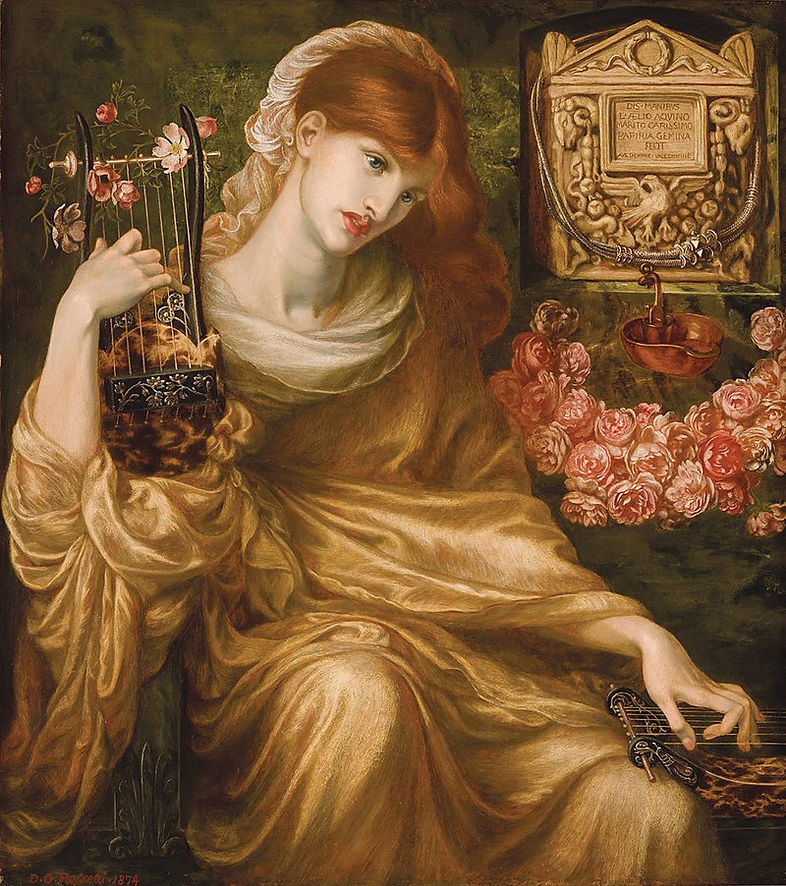
The Roman Widow
1874

The Day Dream
1880

Helen of Troy
1863

How Sir Galahad. Sir Bors, and Sir Percival were fed with the Sanc Grael; But Sir Percival's Sister Died Along the Way
1864

The Beloved
1865–1866

Lady Lilith
1867

Lady Lilith
1868

Beata Beatrix
1864–1870

Jane Morris (The Blue Silk Dress)
1868
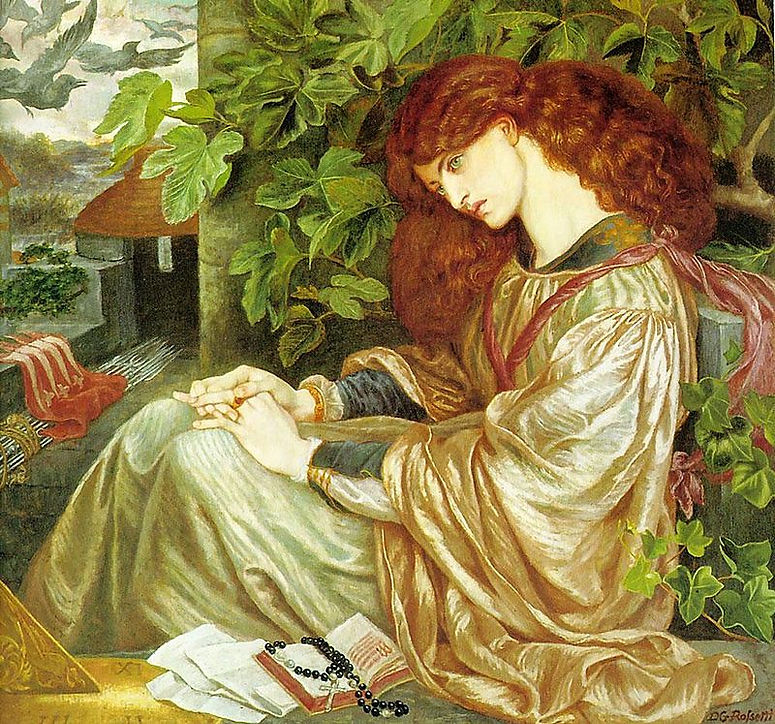
Pia de' Tolomei
1868–1880

Ligeia Siren
1873
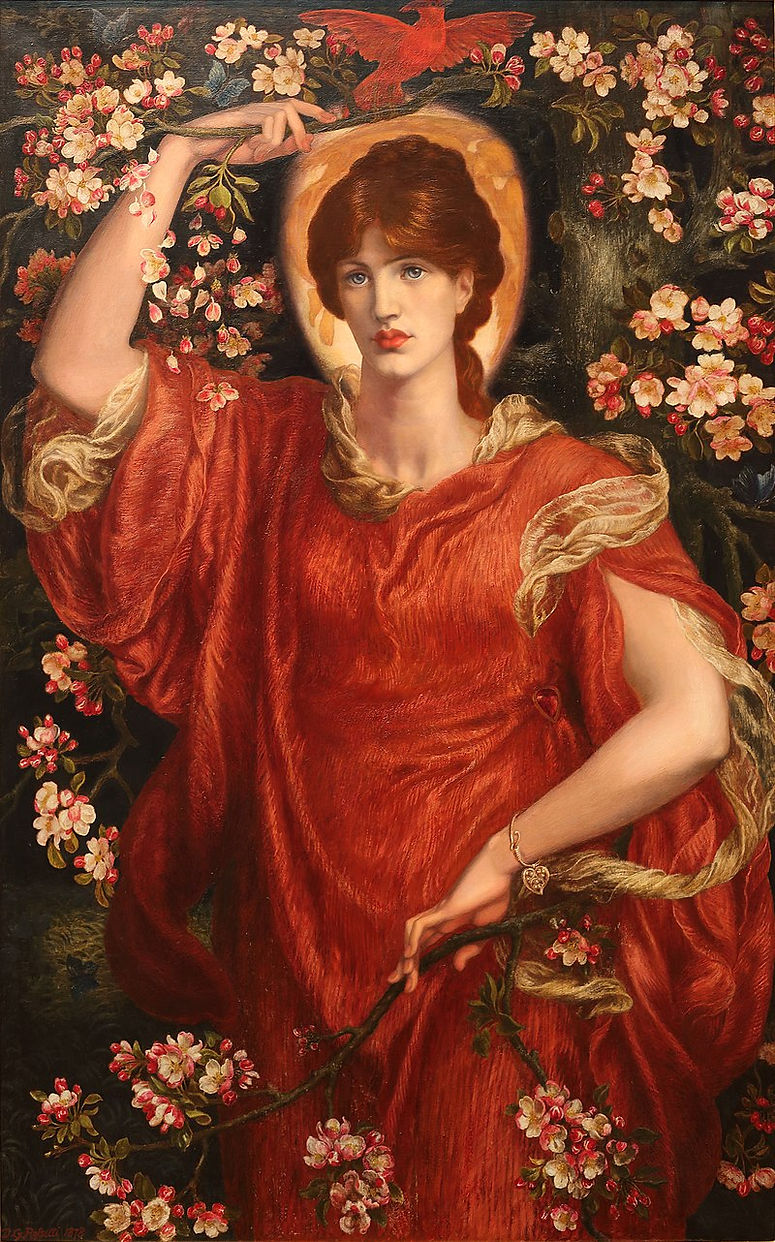
A Vision of Fiammetta
1878

Proserpine
1874

Mariana
1870

Joan of Arc
1882

Mnemosyne
1875 - 1881

Blanzifiore (Snowdrops)
1880
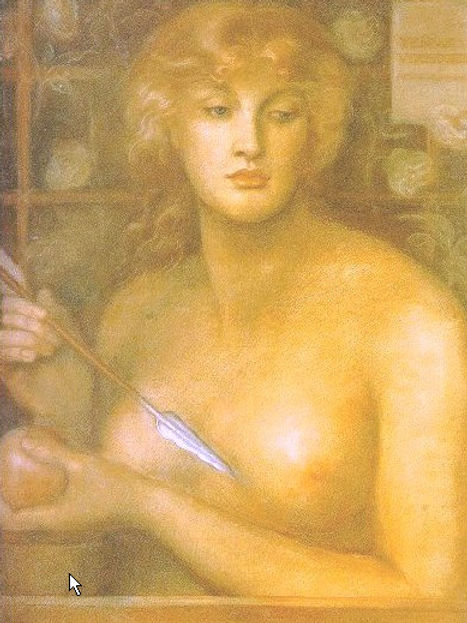
Venus Verticordia
John Roddam Spencer Stanhope
1829 - 1908

John Roddam Spencer Stanhope (20 January 1829 – 2 August 1908) was an English artist associated with Edward Burne-Jones and George Frederic Watts and often regarded as a second-wave pre-Raphaelite. His work is also studied within the context of Aestheticism and British Symbolism. As a painter, Stanhope worked in oil, watercolor, fresco, tempera, and mixed media. (Some of his oil paintings are mistaken for tempera.) His subject matter was mythological, allegorical, biblical, and contemporary. Stanhope was born in Cawthorne, near Barnsley, Yorkshire, England, and died in Florence, Italy. He was the uncle and teacher of the painter Evelyn De Morgan and encouraged then unknown local artist Abel Hold to exhibit at the Royal Academy, which he did 16 times.
Portrait of John Roddam Spencer Stanhope (1829-1908), by his niece, Evelyn De Morgan

Love and the Maiden
1877

Robins of Modern Times
c. 1860

Penelope
1849

Juliet and her nurse
c.1860

The Waters of Lethe by the Plains of Elysium
1880

Cupid and Psyche
c.1880

Morgan Le Fay
c.1880

Charon and Psyche
1883

Nymph
1889

Why seek ye the living among the dead? (St Luke, Chapter XXIV, verse 5)
1896

The Temptation of Eve

Venus Rising From The Sea

Andromeda

The White Rabbit

The Rescue

Patience on a Monument smiling at Grief

The Expulsion from Eden
1900
John Everett Millais
1829 - 1896
Sir John Everett Millais (8 June 1829 – 13 August 1896) was an English painter and illustrator who was one of the founders of the Pre-Raphaelite Brotherhood. He was a child prodigy who, aged eleven, became the youngest student to enter the Royal Academy Schools. The Pre-Raphaelite Brotherhood was founded at his family home in London, at 83 Gower Street (now number 7). Millais became the most famous exponent of the style, his painting Christ in the House of His Parents (1849–50) generating considerable controversy, and he produced a picture that could serve as the embodiment of the historical and naturalist focus of the group, Ophelia, in 1851–52.
By the mid-1850s, Millais was moving away from the Pre-Raphaelite style to develop a new form of realism in his art. His later works were enormously successful, making Millais one of the wealthiest artists of his day, but some former admirers including William Morris saw this as a sell-out (Millais notoriously allowed one of his paintings to be used for a sentimental soap advertisement). While these and early 20th-century critics, reading art through the lens of Modernism, viewed much of his later production as wanting, this perspective has changed in recent decades, as his later works have come to be seen in the context of wider changes and advanced tendencies in the broader late nineteenth-century art world, and can now be seen as predictive of the art world of the present.
Millais's personal life has also played a significant role in his reputation. His wife Effie was formerly married to the critic John Ruskin, who had supported Millais's early work. The annulment of the Ruskin marriage and Effie's subsequent marriage to Millais have sometimes been linked to his change of style, but she became a powerful promoter of his work and they worked in concert to secure commissions and expand their social and intellectual circles.

Self-portrait by Millais
1881

Mariana
1851

The Order of Release
1852–53

Ophelia
1851–52

The Return of the Dove to the Ark
1851
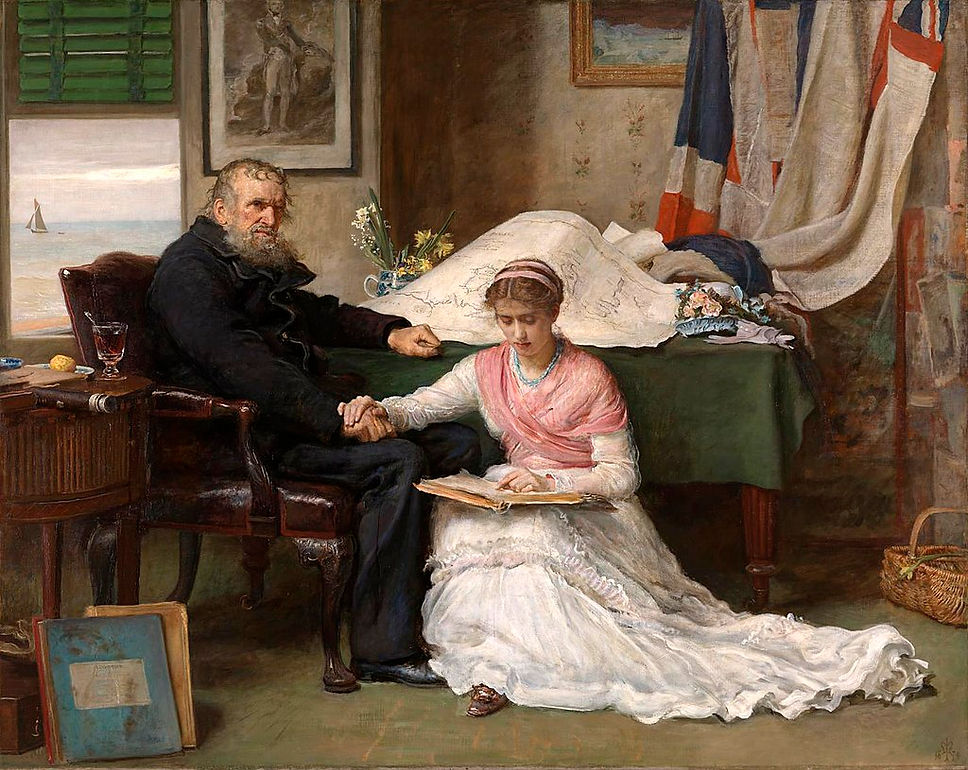
The North-West Passage
1878

Cherry Ripe
1879

A Huguenot on St Bartholomew's Day
1851–52

Mrs Coventry Patmore (Emily Augusta Patmore)
1851

The Rescue
1855

The Vale of Rest
1858

The Black Brunswicker
1860
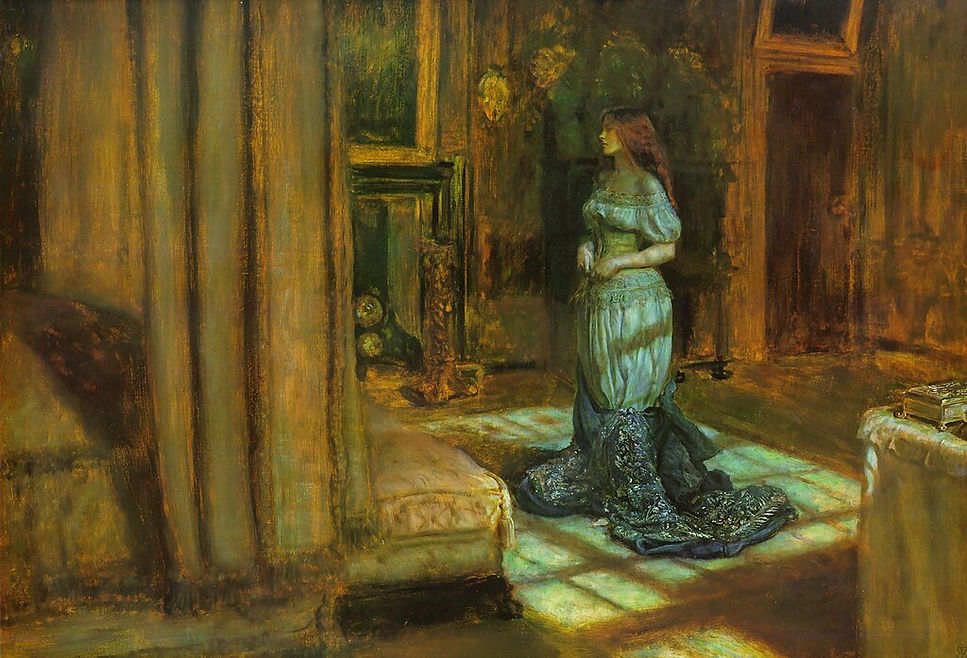
The Eve of Saint Agnes
1863

Esther
1865

Vanessa
1868

A Flood
1870

The Knight Errant
1870
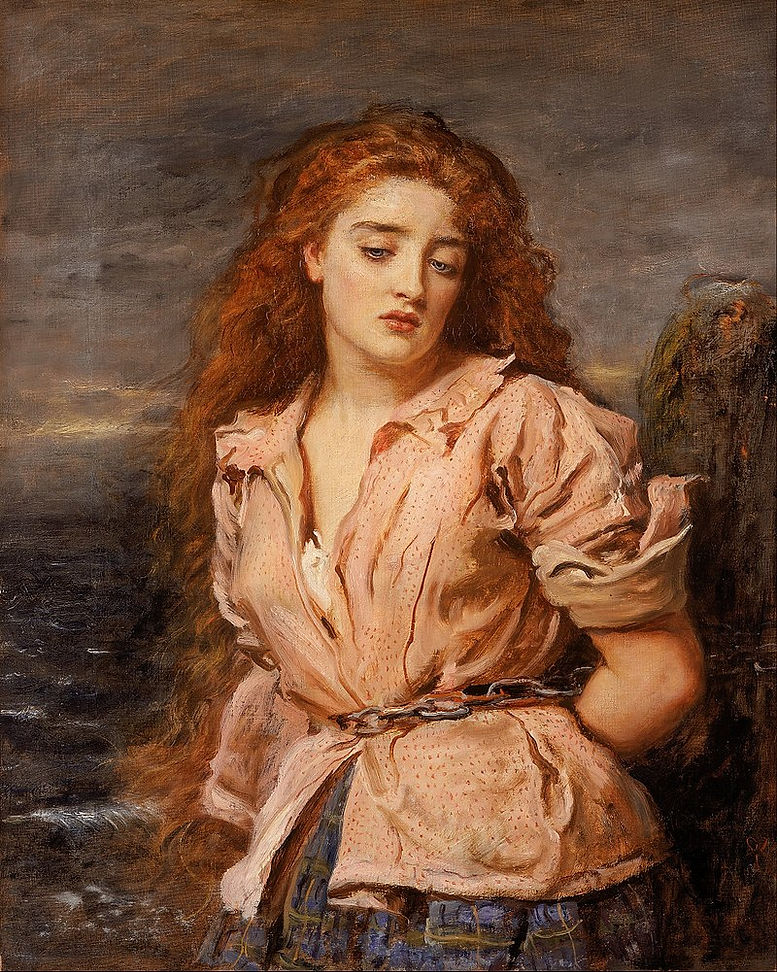
The Martyr of Solway
circa 1871

An Idyll
1745
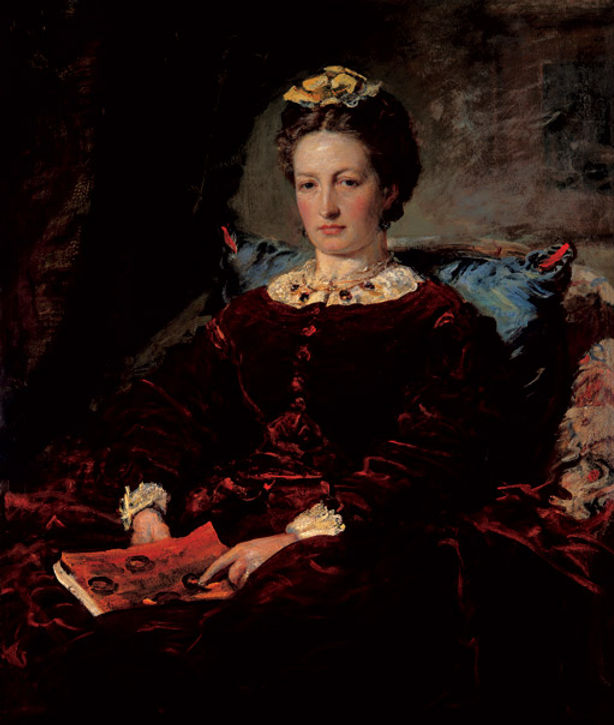
Portrait of Effie Millais
1873

The Two Princes Edward and Richard in the Tower
1878

The Blind Girl
1856

The Tribe of Benjamin Seizing the Daughter of Shiloh
1847

James Wyatt and His Granddaughter Mary
1849

Isabella
1848–1849

The Bridesmaid
1851

Autumn Leaves
1855 - 1856
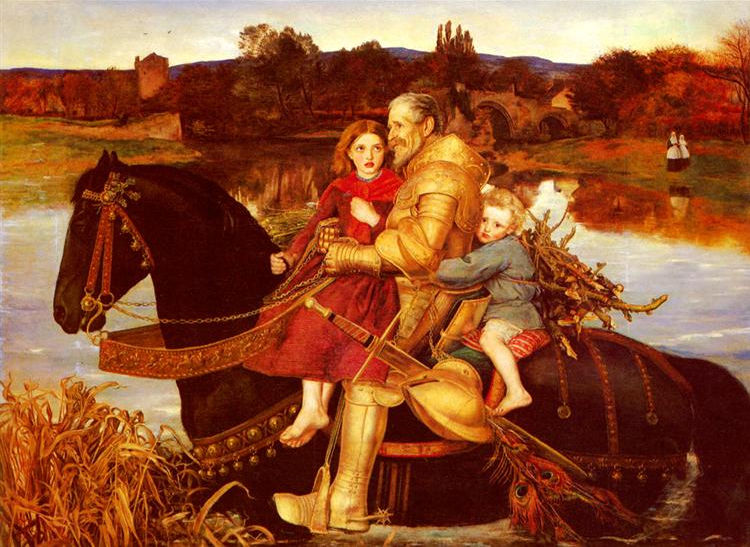
A Dream of the Past: Sir Isumbras at the Ford
1857

A Message from the Sea

